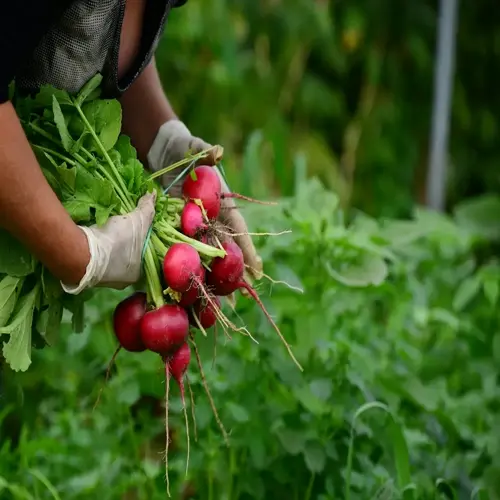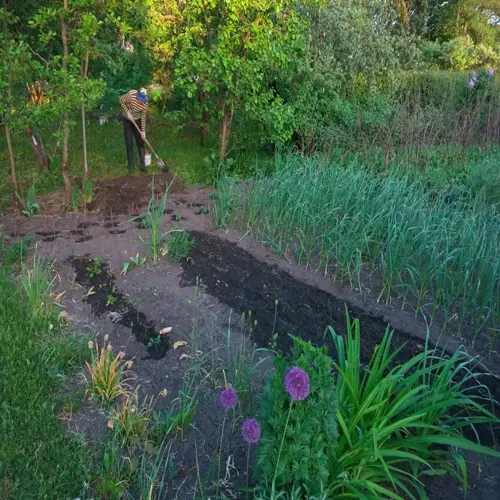Why do basil plants die after flowering?

Written by
Nguyen Minh
Reviewed by
Prof. Charles Hartman, Ph.D.Basil plants will naturally undergo senescence after flowering, as this is their biological endpoint. That is where the plant is no longer capable of growing. After they flower, the plant redirects its energy. Instead of increasing delicious leaves, the plant's energy is directed toward seed development. This shift in energy distribution causes their leaf quality to drop, and they die.
When basil is grown to flowering, the leaves become bitter or less aromatic due to biochemical changes that occur during this stage. Basil changes its nutrient usage to blossoms and seeds rather than leaves. You starve, and the plant effectively stops producing leaves. Once flowers form, leaf production slows rapidly over just a few weeks. Eventually, the plant goes fully senescent, when the seeds mature.
Pruning Methods
- Pinch off flower buds immediately upon sight
- Cut stems ¼ inch above leaf nodes weekly
- Remove top 2-3 leaf pairs to encourage bushiness
- Prune in morning when plants are most hydrated
Environmental Control
- Maintain temperatures below 85°F to delay bolting
- Ensure 8+ hours sunlight for balanced growth hormones
- Avoid water stress during heat waves
- Use shade cloth during peak summer temperatures
Nutrition Management
- Apply balanced fertilizer monthly during active growth
- Avoid high-nitrogen formulas that accelerate flowering
- Use phosphorus-rich supplements to strengthen roots
- Add compost tea every 3 weeks for micronutrients
Pruning regularly will postpone flowering for a while. The apical buds are removed, effectively disrupting the hormone signals that trigger flowering. Prune just above leaf nodes. This induces lateral growth; however, it still allows for leaf growth. One prune per week can extend productive life 2-3 months.
Environmental stressors speed up flowering. High temperatures over 85°F and long day lengths can trigger bolting. This impact is increased if water stress is applied during dry periods. Consistent moisture and afternoon shade during hotter temperatures all lower the triggers for flowering.
For high-quality flavor, harvesting should occur before flowering occurs. Harvest the leaves in the morning after the dew has evaporated. Process the leaves right after harvesting to preserve freshness. Pesto cubes can be frozen, or the leaves can be dried while the flavor is at its best. This preserves that fresh summer taste before flowering changes the phytochemistry of the plant.
Read the full article: When to Plant Basil for Best Results

